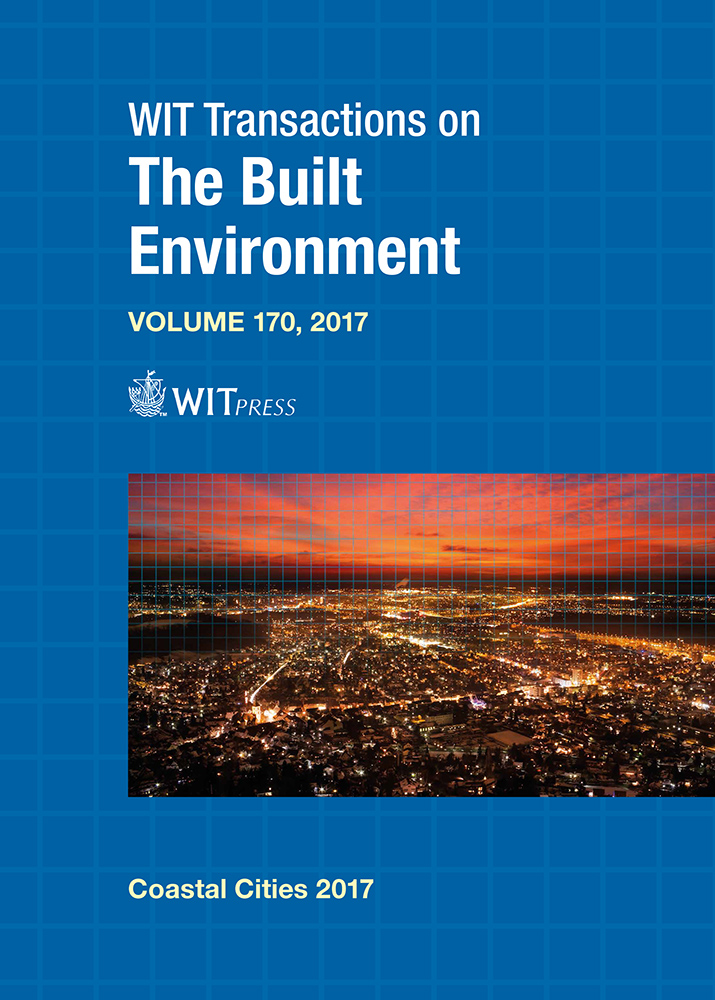FOOD AND MEDICINAL PLANTS CONSUMED IN MANILA, THE PHILIPPINES
Price
Free (open access)
Transaction
Volume
170
Pages
8
Page Range
203 - 210
Published
2017
Size
1,249 kb
Paper DOI
10.2495/CC170201
Copyright
WIT Press
Author(s)
ISABEL MARIA MADALENO
Abstract
The Portuguese navigator Magellan discovered the remote Asian archipelago at the service of the Spanish King, in 1521. The 7100 islands named the Philippines have a wide extension from 4º to 21º north of the Equator. They are located between the Moluccas, China and Japan, and were expected to possess abundant spices, silk, cotton and gold. To discover the archipelago Magellan travelled through the Pacific Ocean, trying to find alternative ways to the Portuguese maritime route of the Cape of Good Hope, in order to travel to the Eastern Indies and trade spices. The paper compares the flora mentioned in 16th and early 17th century manuscripts with the food, spices and medicinal plants consumed in Manila, in our days, so as to explore the contemporary uses of local and exotic flora and perceive how they evolved since the early European colonisation times. The survey conducted in Manila included fifty interviews to three focus groups: 1) the tenders of a public-school food garden; 2) forty-eight informal and formal food, spice and medicines traders; and 3) a massage therapist. Results show that a total of 134 plant species were in use in 2015, of which 51.5% have therapeutic indications. The expectation is to establish the evolution in flora trade and consumption in this coastal city and to present examples of alternative food and medicinal flora that might be used by low income populations elsewhere.
Keywords
Manila, Philippines, capital, medicinal, plants, alternative, consumption, history, geography





